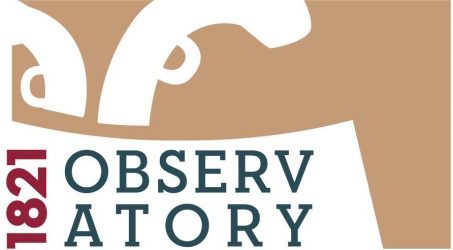TikTok: Stories about the Greek Revolution
In modern culture, software is widely used by societies. The TikTok platform is considered one of the most popular in recent years. It allows users to create short, 60-second audiovisual content (Shao, 2009, Feldkamp, 2021). Users can be informed or inform others through this audiovisual material. A key factor of interaction on this platform is the concept of performance. What is involved is not a form of representation of the historical past, but of a participatory executive action of users. With their tangible participation, users can reshape any existing representations because they themselves now function as creators of a new condition. The illusion of being a mediator between real and representation leads to new forms of perceptions of time (Phelan, 2001). The execution is performed in the present and cannot be repeated, since the repetition defines another form of execution that is not consistent with the previous one.
The term “performance” is used by the world of anthropology to understand what people experience when they come in contact with software in real time. Manovich (2013) believes that when the social fabric browses a site, uses Gmail, plays a video game or uses a GPS-enabled mobile phone to locate specific places or friends nearby, then people are not dealing with predefined static documents, but with the dynamic output of software in real time. Unlike paintings, literary works, musical effects, movies or buildings, the user cannot simply consult a single “file” that contains all the content of the work. While the contents of the file are obviously part of this experience, the experience is shaped by the interface and tools provided by the software.
As regards the present time and the participatory creation of users, there is a creative effort on the part of users to celebrate the bicentenary of the Greek Revolution. While the users are few, the content they create expresses a dominant narrative of Greek society: heroic personalities, important battles, a nation fighting to free itself from “evil”, courage and strength against the “other” and the armament then and now against the enemy. These are audiovisual narratives reminiscent of history books that revive the moral and collective consciousness by uniting society’s reasoning against the enemy.
Let us not forget that Rüsen (Iliopoulou, 2006) considers that historical consciousness has two main axes: narrative and performance. Narrative is directly related to the interpretations that people give to everything that happens in their daily lives. Performance is related to the elements that people choose each time and consider to be of interest to them. In the case of TikTok and the Greek Revolution, we observe an attempt by users to inform through their performance and to express a message through their personal creation: preserving the collective memory of a heroic historical event concerning the Greek Revolution.
Interestingly, Rüsen believes that historical consciousness has to do with the reasoning of the people and that this is the political and moral dimension. People’s reasoning also highlights their time orientation through their understanding of the present from the past and the expectations they cultivate for the future. It is quite difficult to look for the political or moral directions of the people who created these audiovisual performances on TikTok, but they correspond to what Kondylis writes on the reflection of society through the internet and the mass media – that the absence of a critical view magnifies stereotypes and simplistic views (Kondylis, 1997: 147-152).
Elias Stouraitis, Postdoctoral Researcher of History and Ethnology Department DUTΗ

